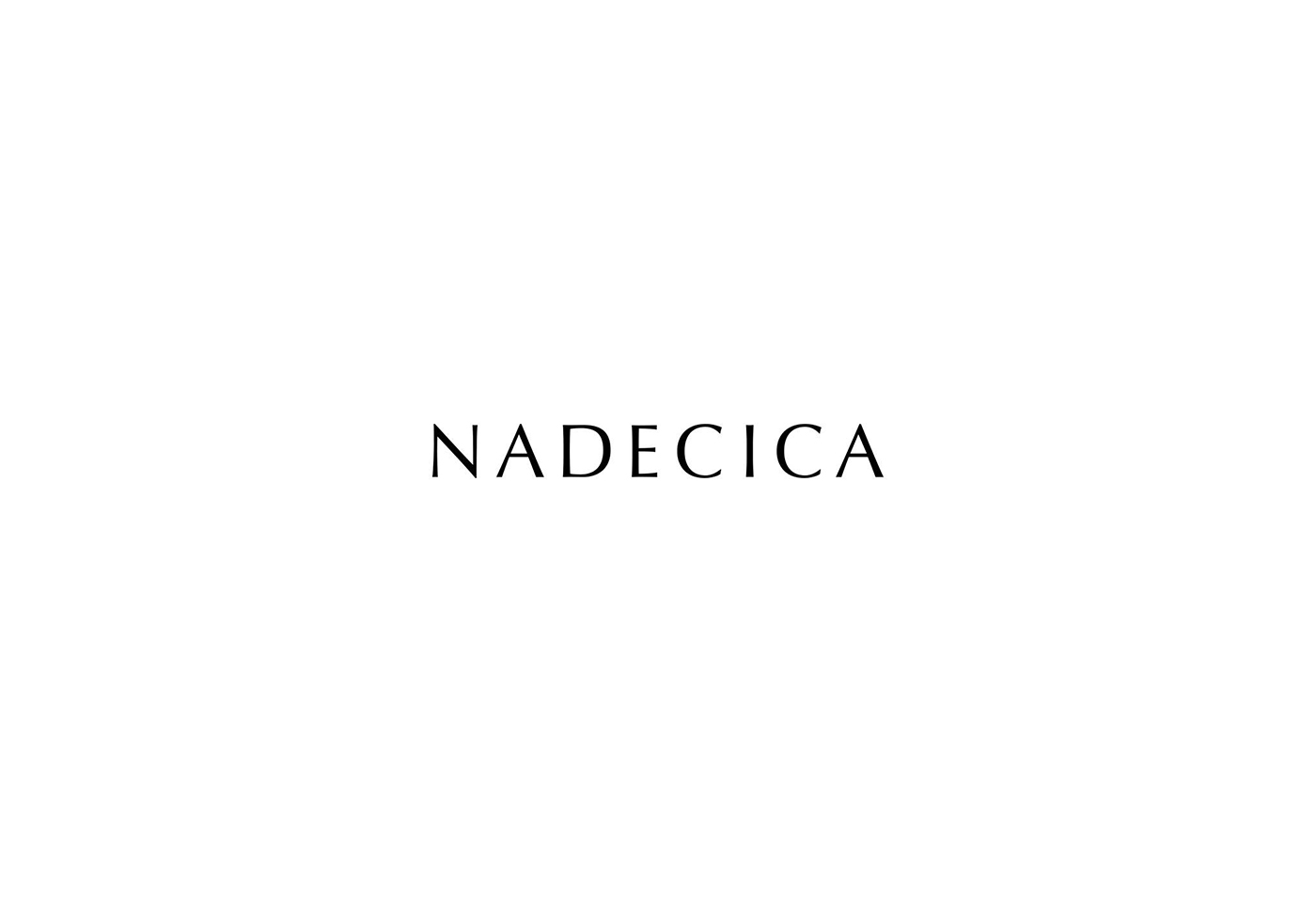目次
In other words, investors understand the company’s recent performance is underwhelming, but the potential for a long-term turnaround and the rock-bottom price can create a compelling margin of safety. But an important point to understand is that these investors view this simply as a sign that the company is potentially undervalued, not that the fundamentals of the company are necessarily strong. The difference between book value per share and market share price is as follows.
The book value of equity (BVE), or “Shareholders’ Equity”, is the amount of cash remaining once a company’s assets have been sold off and if existing liabilities were paid down with the sale proceeds. “In general, if you’re trying to understand a company’s financial health, you want to review its income statement, cash flow statement, and balance sheet,” suggests Weiss. “The combination of all three can give a better picture of a company’s financial health than any individual financial statement.” To get a company’s book value, you take the difference between a company’s total assets and total liabilities.
- Mismanagement or economic conditions might put the firm’s future profits and cash flows in question.
- However, as the assets would be sold at market prices, and book value uses the historical costs of assets, market value is considered a better floor price than book value for a company.
- A company’s balance sheet may not accurately represent what would happen if it sold all of its assets, which should be taken into account.
- Book value is a good starting point because it is objective and shows a selling price or liquation value of the shares.
- Value investors see a $5 million undervaluation relative to book value that they believe will be corrected for over time.
- For example, enterprise value would look at the market value of the company’s equity plus
its debt, whereas book value per share only looks at the equity on the balance sheet.
Critics of book value are quick to point out that finding genuine book value plays has become difficult in the heavily-analyzed U.S. stock market. Oddly enough, this has been a constant refrain heard since the 1950s, yet value investors continue to find book value plays. A negative book value means that a company’s liabilities are greater than its assets. Remember that the markets are forward-looking and the market value is dependent on the outlook of the company (and industry) by investors.
What Does a Price-to-Book (P/B) Ratio of 1.0 Mean?
Physical assets, such as inventory, property, plant, and equipment, are also part of total assets. Intangible assets, including brand names and intellectual property, can be part of total assets if they appear on financial statements. Total liabilities include items like debt obligations, accounts payable, and deferred taxes.
The market cap of this company increases, although the book value of the company hasn’t changed. While net income each period is an inflow to the retained earnings balance, common dividends and share repurchases represent cash outflows. As implied by the name, the “book” value of equity represents the value of a company’s equity according to its books (i.e. the company’s financial statements, and in particular, the balance sheet). From the image below, you can see the total assets amount matches the total liabilities and shareholders’ equity amount.
- The closing entries of a corporation include closing the income summary account to the Retained Earnings account.
- So, by itself, it is an insufficient single indicator of a stock’s potential rise in value.
- Intangible assets, including brand names and intellectual property, can be part of total assets if they appear on financial statements.
- They typically raise equity capital by listing the shares on the stock exchange through an initial public offering (IPO).
- When book value equals market value, the market sees no compelling reason to believe the company’s assets are better or worse than what is stated on the balance sheet.
If the book value per share of preferred stock is $130 and there are 1,000 shares of the preferred stock outstanding, then the total book value of the preferred stock is $130,000. The book value of an entire corporation is the total of the stockholders’ equity section as shown on the balance sheet. In other words, the book value of a corporation is the balance sheet assets minus the liabilities. The subdividing of retained earnings is a way of disclosing the appropriation on the face of the balance sheet.
Book Value Per Share Formula
Many businesses repurchase shares of their own stock using the money they make. Say, for example, that in the XYZ case the company buys back 200,000 shares of stock and there are still 800,000 outstanding. In addition to stock repurchases, a business may raise BVPS by increasing the asset balance and decreasing liabilities.
Stock / Share Market
Book value per common share is calculated by dividing the stockholders’ equity applicable to common shareholders by the number of outstanding common shares. Equity that is restricted or set aside for preferred shareholders or dividends can’t be included in this total. Total assets cover all types of financial assets, including cash, short-term investments, and accounts receivable.
Book Value per Share of Common Stock
Clear differences between the book value and market value of equity can occur, which happens more often than not for the vast majority of companies. With those three assumptions, we can calculate the book value of equity as $1.6bn. Alternatively, another method to increase the BVPS is via share repurchases (i.e. buybacks) from existing shareholders. To better understand book value per share, it helps to break down each aspect of the ratio. Generally speaking, the more optimistic the prospects of the company are, the more the book value of equity and market value of equity will deviate from one another. However, Apple’s market value of equity is well over $2 trillion as of the current date.
When the market value is greater than the book value, the stock market is assigning a higher value to the company due to the earnings power of the company’s assets. Consistently profitable companies typically have market values greater than their book values because investors have confidence in the companies’ abilities your snow removal to generate revenue growth and earnings growth. The book value of a stock is theoretically the amount of money that would be paid to shareholders if the company was liquidated and paid off all of its liabilities. As a result, the book value equals the difference between a company’s total assets and total liabilities.
By explicitly breaking out the drivers for the components of equity, we can see which specific factors impact the ending balance. Suppose we’re tasked with projecting the “Total Equity” line item of a company for a 3-year forecast period using roll-forward schedules. As a result, a high P/B ratio would not necessarily be a premium valuation, and conversely, a low P/B ratio would not automatically be a discount valuation.
















